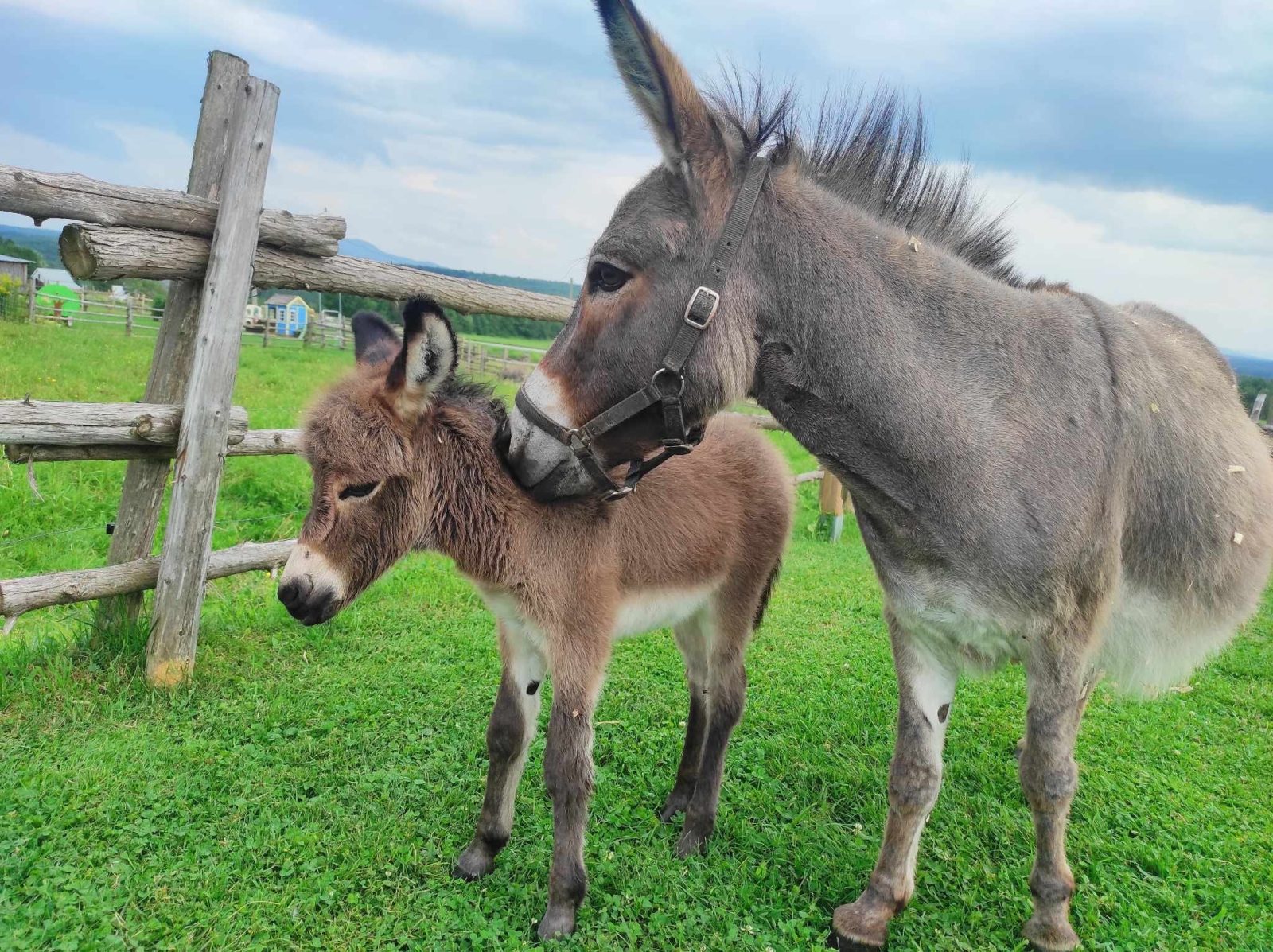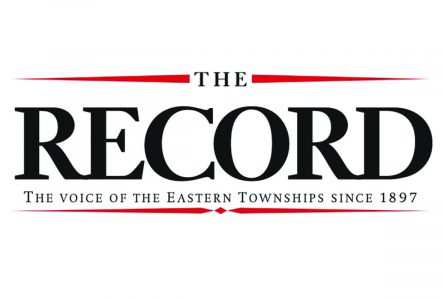By Nick Fonda
Although their curiously named donkey farm, Les Ânes en culotte, is only open to visitors—free of charge—through the summer months, Cécile Lacroze and Marie-Noëlle Brien milk their donkeys—or at least the lactating jennies—year-round.
“The foals are generally born in the summer, between May and September,” says Cécile. “We wait two months or more before we begin milking a jenny that’s had a foal, and we only take a portion of her milk. We do this by keeping her away from her foal for three hours before milking her, and then we let her go pasture with her foal for the rest of the day. We’ll be able to milk her for about 10 months, approximately till the foal is weaned.”
Jennies reach sexual maturity at the age of two but aren’t bred till they are four. Donkeys can live to the age of 40, although 25 is a more average lifespan. One of the information panels at Les Ânes en culotte identifies a miniature donkey as Gaston, a breeding jack who was retired from service in 2019 at the age of 13, castrated, and, quite literally, put out to pasture. Jennies might have as many as a dozen or more pregnancies in their lifetimes, each with a gestation period of 12 months.
“On average, we get half a litre of milk per day from our lactating jennies,” Cécile says. “There’s considerable variation from one animal to the next. Some produce as little as 250 ml while others might give a litre or even a bit more. The animal’s size is not a factor. We milk both our miniature donkeys, which weigh between 100 and 125 kg, and our standard sized donkeys, which weigh between 165 and 270 kg. It can happen that a miniature will give more milk than a standard. Similarly, there’s no link between size and gender; females can weigh as much as males.”





